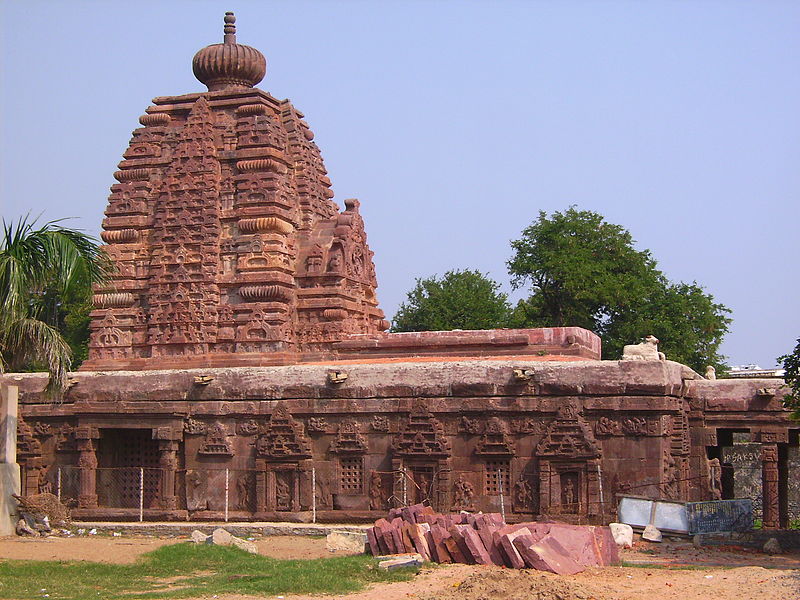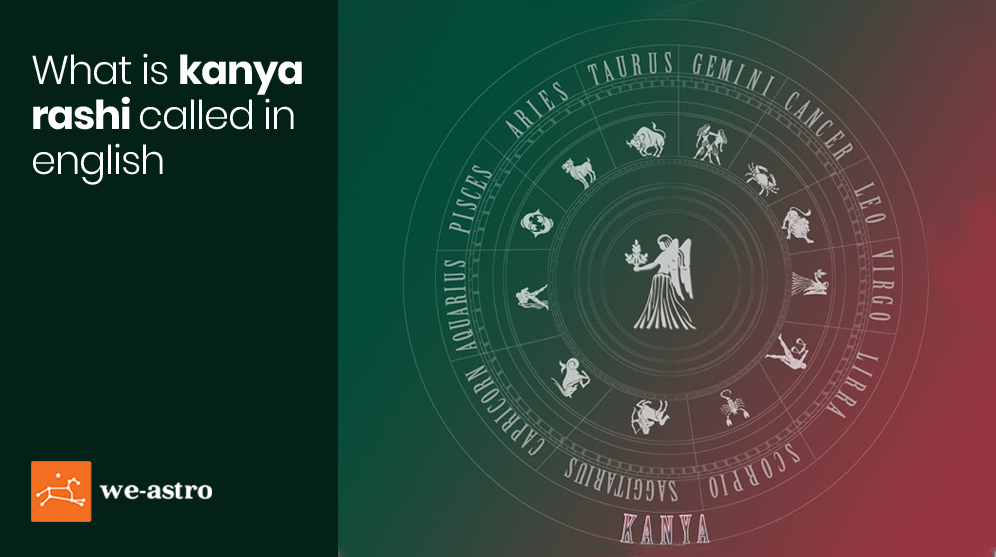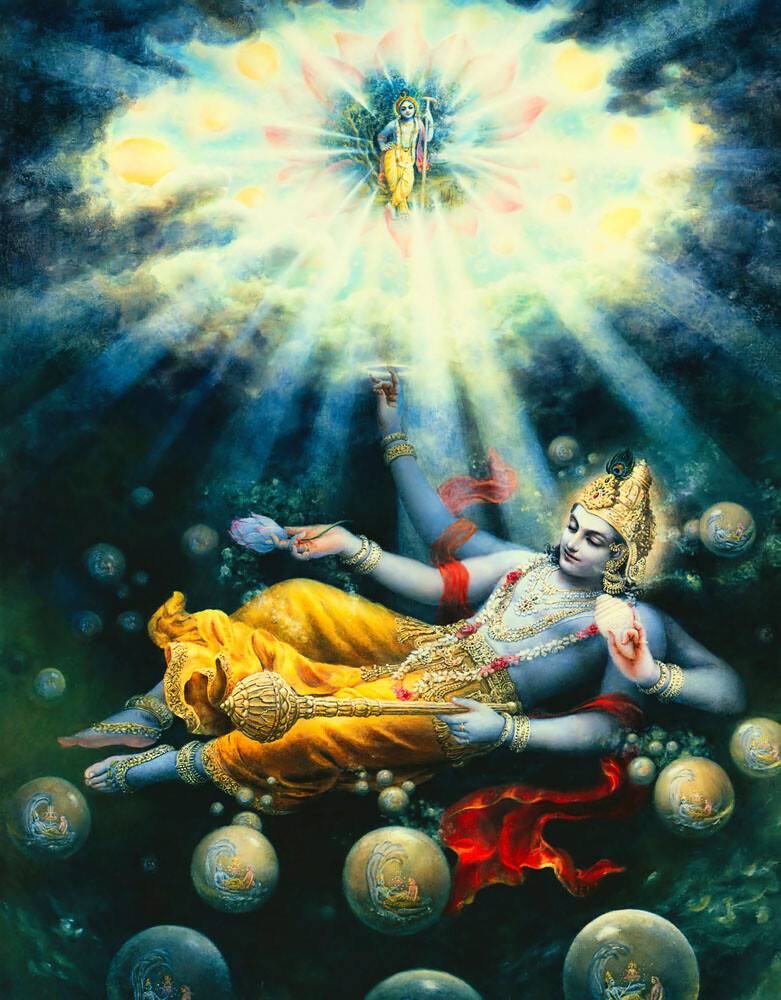Grooving with Ganesha: Unraveling the Divine Rhythms of the Dancing Deity
Discover the symbolism and significance of Dancing Ganesha in Hinduism, as the embodiment of creativity, arts, and joy, and a depiction of cosmic balance.

In the pantheon of Hindu deities, Lord Ganesha holds a special place. Known as the remover of obstacles and the god of wisdom, intellect, and prosperity, Ganesha is revered and invoked at the beginning of any auspicious event or undertaking. Amidst various depictions of Ganesha in Hindu art, a prominent form is that of Dancing Ganesha, which so beautifully captures the essence of the deity and his significance in Hinduism.
Dancing Ganesha is a visual representation that portrays the god in a dynamic and energetic posture, showcasing his love for music and dance. This form is not only aesthetically appealing, but it also carries deeper spiritual meanings and symbolism. As the divine embodiment of joy and happiness, the Dancing Ganesha signifies the importance of celebrating life and embracing its many facets. The dance itself is a powerful metaphor for the cosmic dance of creation, sustenance, and destruction, which lies at the core of Hindu cosmology.
One can observe numerous features in the depiction of the Dancing Ganesha that hold profound significance. For instance, the swaying trunk represents flexibility and adaptability, reminding us to approach life with an open mind and be receptive to change. The small, yet alert eyes of Ganesha signify his ability to see beyond the superficial, teaching us the value of discernment and inner vision. The prominent potbelly of Ganesha is symbolic of his vast wisdom and capacity to digest all of life's experiences, both good and bad. Furthermore, the rhythmic movement of his legs symbolizes the balance between material and spiritual aspects of life, emphasizing the need for harmony in our pursuits.
Interestingly, the Dancing Ganesha is often associated with the classical Indian dance form, Bharatanatyam. This connection is deeply rooted in the Hindu mythology of Ganesha being the scribe for the sage Vyasa, who composed the epic Mahabharata. As the story goes, the rapid pace at which Vyasa recited the verses prompted Ganesha to create a new dance form to keep up with the tempo, thus giving birth to Bharatanatyam. This association further highlights the importance of dance as an integral part of Hindu culture and its divine connection to spirituality.
In conclusion, the Dancing Ganesha is a captivating and meaningful representation of a beloved Hindu deity. It serves as a reminder of the interconnectedness of life and the cosmos, the value of balance and adaptability, and the joy of celebrating our existence. The next time you come across this beautiful depiction, take a moment to appreciate the profound symbolism and wisdom it embodies.




